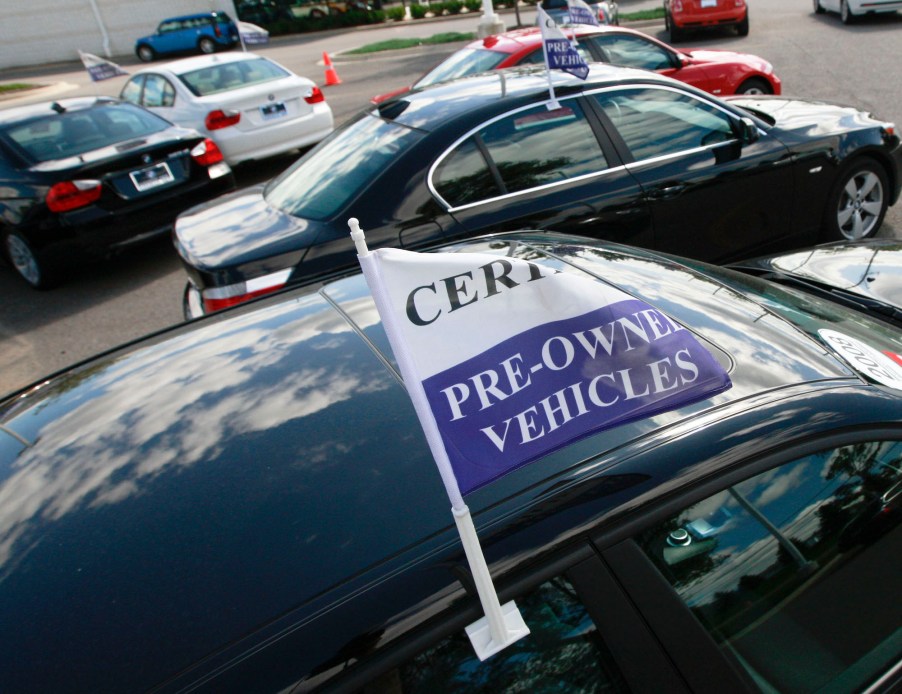
Buying a Certified Pre-Owned Car Isn’t Always the Smartest Option
Going used is the cheapest route in car buying. However, there are many ways it can go wrong. A car might look good on the lot or feel fine during a short test drive, but you might encounter expensive repairs later. Buying a car from an online listing is even riskier because owners often don’t provide detailed vehicle history reports. That’s why many people feel safer buying certified pre-owned cars.
CPO vehicles have often barely been used, so they look and feel like new cars. But is there ever a situation where buying a CPO car isn’t a good idea?
What you get with a certified pre-owned car
A certified pre-owned car is technically a used vehicle. But it’s generally a safer way to spend your money. Many automakers have their own CPO programs with strict requirements about which vehicles qualify. This gives drivers an extra feeling of security that the manufacturer backs the car.
For instance, a certified pre-owned Honda vehicle can’t be more than six years old. Honda’s CPO program also offers a few extended warranties, with newer cars getting a 50,000-mile bumper-to-bumper warranty. Each CPO car also gets a title check detailing its past owners and any serious accidents.
2 potential issues with certified pre-owned vehicles
With so many dealers offering CPO programs, it’s easier than ever to score a reliable, lightly used model. However, not every CPO program offers the same deals and perks. Some of them might also have confusing terms and conditions that could be too much of a headache for some shoppers, Car and Driver reports.
Like Honda, some automakers also offer the best warranties only on cars below a certain age. But others aren’t as great. For instance, Ford has one of the worst CPO programs, providing only 12,000 miles of bumper-to-bumper coverage. It offers a powertrain warranty extension of seven years, but that begins on the car’s original purchase date.
According to Car and Driver, a CPO vehicle also generally costs more money up-front than a regular used car. That’s because workers spend extra hours making the car look good as new for the next owner. So if you’re looking for an old beater or a passable work truck, buying a CPO might not be worth it. You can also make sure you’re getting your money’s worth by choosing a reliable model.
The pros outweigh the cons
Before a certified pre-owned car even goes up for sale, it’s thoroughly inspected. It goes through cosmetic and mechanical checks, paying special attention to crucial components like the brakes. Afterward, the car gets a thorough inside-out cleaning to remove any lingering odors or stains.
In addition to offering extended warranties, automakers also frequently throw in perks with a CPO purchase. Many include a free maintenance plan for a few years and low or no deductibles. If a repair takes a few days, some CPO programs provide you with a loaner. Repairs are also more flexible because you can typically take the car to any shop the automaker owns.
CPO programs sometimes also offer free 24-hour roadside assistance and trip insurance up to $500 per interruption. Some programs even provide free trials of fancier features, such as OnStar navigation and SiriusXM Satellite Radio.
Although certified pre-owned vehicles are more expensive than used cars, they’re still cheaper than any new car on the market. Automakers typically also offer lower financing to entice shoppers to buy CPO cars, making them an even better value, U.S. News reports. Combined with more warranty coverage and a thorough inspection, CPO vehicles are worth the extra money over used cars.



